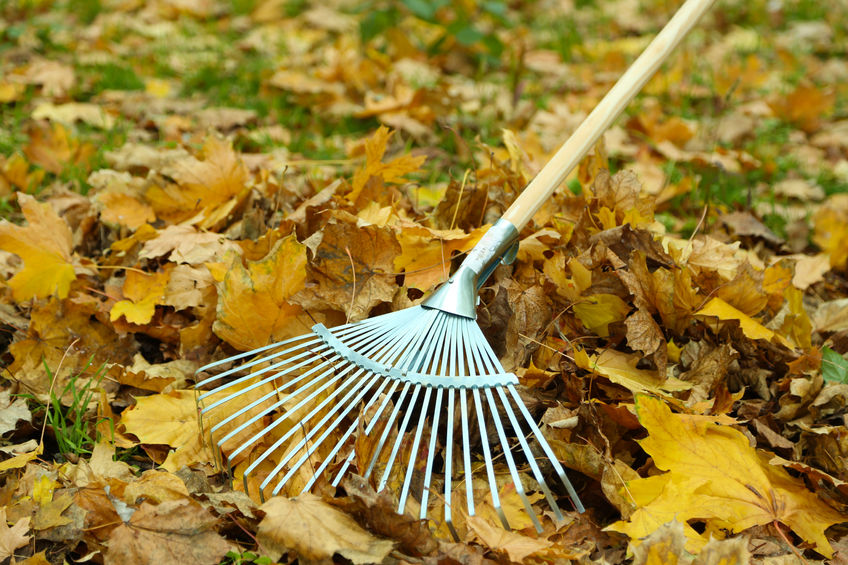Leaf compost – the clever way to use leaves
It's the same every autumn: first the leaves turn beautiful shades of red and yellow, then they fall off and are left in abundance in your garden.

Thanks to the high carbon content of fallen leaves, they also compost very slowly using conventional composting methods. There's now a good alternative to this problem:the jute leaf bag.The leaves are simply packed into the jute sack and stored in a sheltered corner of the garden. To increase the nutrient or pH value, simply add a little lime or rock compost. The large mesh allows plenty of air and moisture to reach the leaves. You can use the compost as a high-quality fertilizer as early as summer, along with a little fresh green waste. And if you wait until next fall, the leaf compost will be fully matured.
Plants that prefer slightly acidic soils are particularly well-suited for leaf compost. These include rhododendrons, raspberries, blackberries, broom, and lily of the valley. The jute sack is made from natural materials and will deteriorate after three to four years of use.
Diseased leaves should not be placed in the leaf bag, as fungi or mildew could otherwise spread through the garden with the compost. With this clever and practical method of processing leaves into something useful, you can solve the annual question of what happens to your autumn leaves and even profit from it.
TEXT: Merle Hildebrandt








































































































